Alkyd Resin Production Details | JCT Machinery
 Oct 19,2024
Oct 19,2024

 JCT
JCT
Main Equipments of Alkyd Resin Production Line
1. Raw Material Storage Tank
Used to store various raw materials, such as alcohols (such as ethylene glycol), fatty acids, catalysts and solvents, etc., to ensure the supply of raw materials during the production process.
2. Reactor
Main equipment for the synthesis reaction of alkyd resin. Reactor is usually equipped with a stirring device, a heating system and a temperature control device to achieve uniform reaction and temperature management.
3. Mixing Equipment
The agitator can ensure uniform mixing of raw materials, and a high shear agitator is usually used to improve reaction efficiency.
4. Cooling System
Used to control the heat generated during the reaction, ensure that the reaction is carried out within a safe temperature range, and prevent overheating.
5. Separation and Filtration Equipment
May include centrifuges or filters to remove unreacted raw materials or impurities to ensure the purity and quality of the final product.
6. Storage and Blending Tank
Used to store the synthesized alkyd resin for subsequent blending and use. The blending tank can be used to mix other additives and solvents.
7. Filling Equipment
Automatic filling machine fills alkyd resin products into containers to ensure accurate metering and hygiene.
8. Labeling and Packaging Equipment
The filled products are labeled with product information, ingredients and shelf life, and then packaged for easy transportation and sales.
9. Control System
Automated control system is used to monitor and adjust various parameters in the production process, such as temperature, pressure, stirring speed, etc., to improve production efficiency and safety.
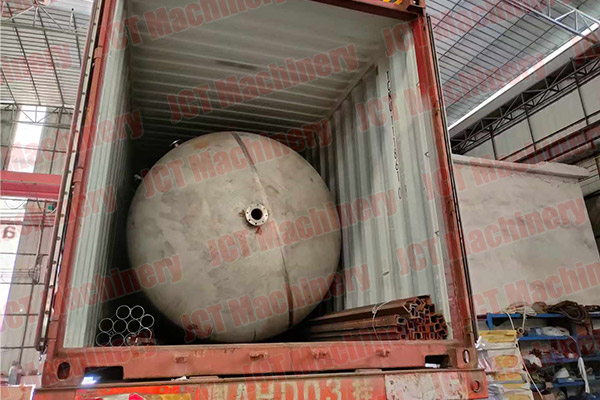
Main Production Process of Alkyd Resin
1. Mixing Raw Materials
Mix fatty acids and polyols in the reactor according to the formula ratio to ensure uniformity.
2. Heating Reaction
Heat the mixture to the set reaction temperature, usually between 180-250℃, and maintain it for a certain time to promote the esterification reaction.
3. Dehydration Reaction
During the reaction, water will be generated as a by-product and needs to be dehydrated by steam or other means to drive the reaction forward.
4. Cooling and Blending
After the reaction is completed, the product is cooled and thickeners or other additives can be added if necessary to blend the desired resin properties.


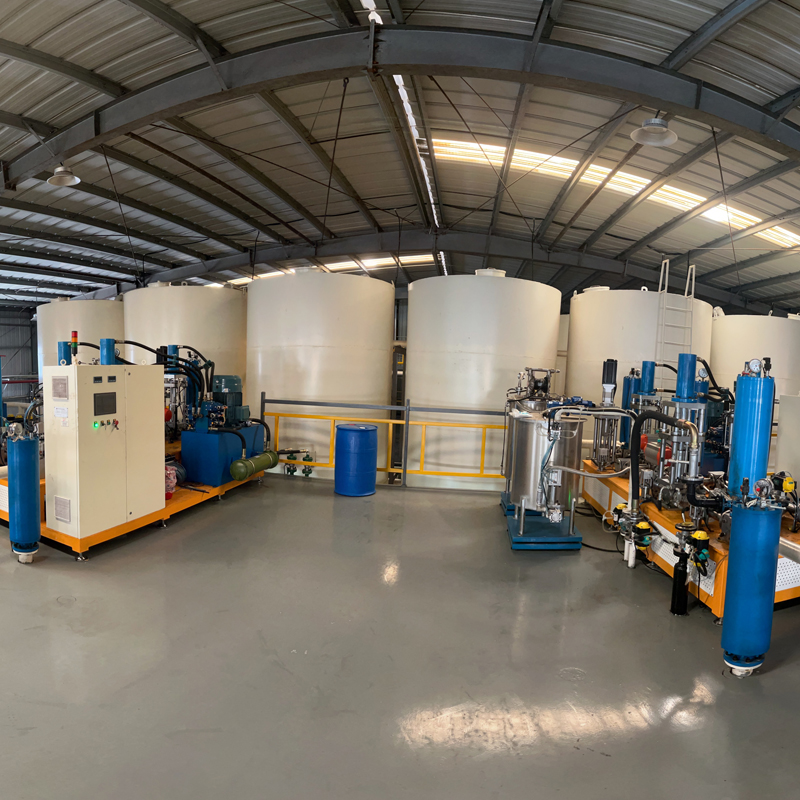
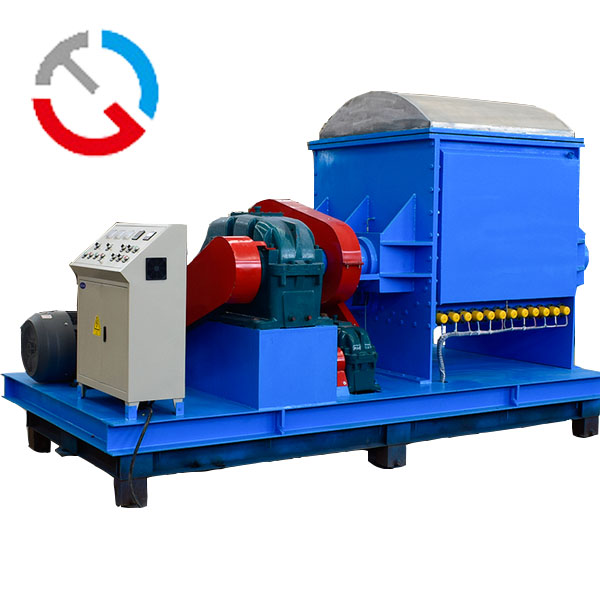
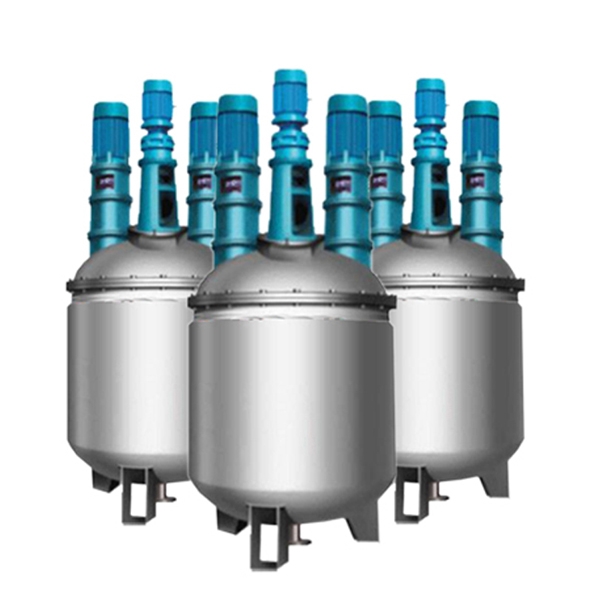
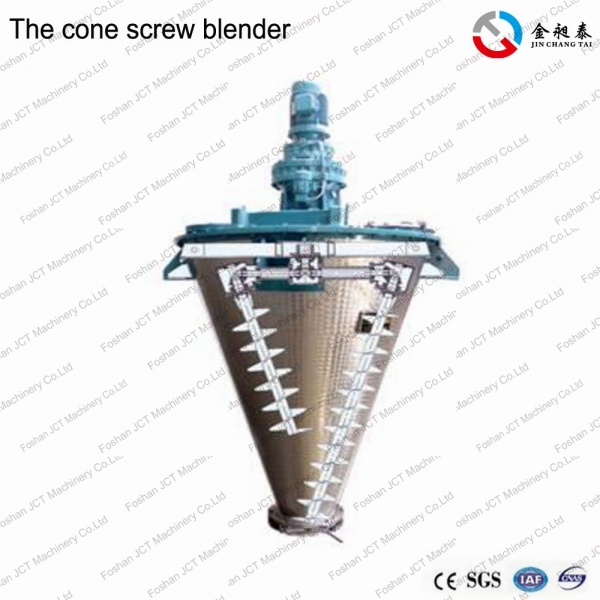


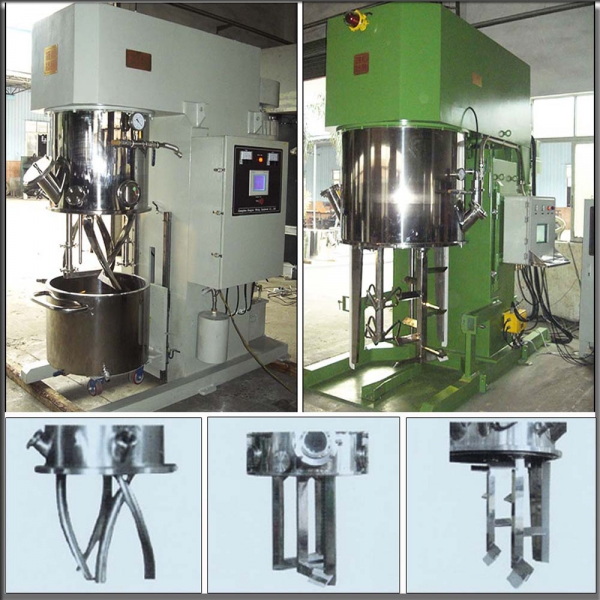





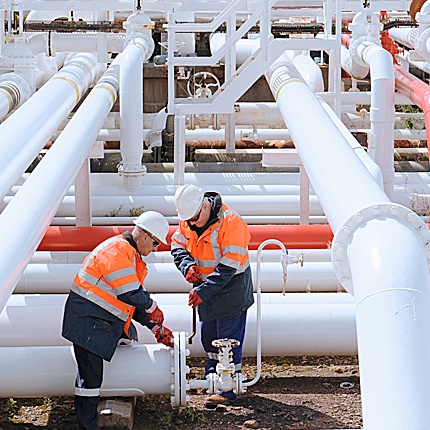

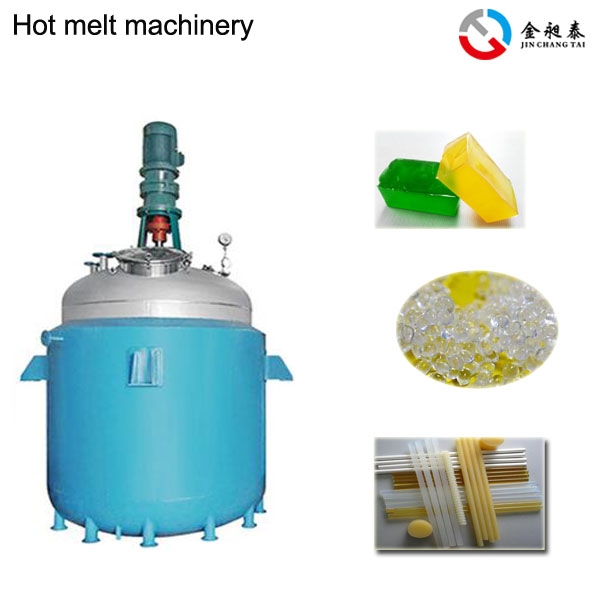
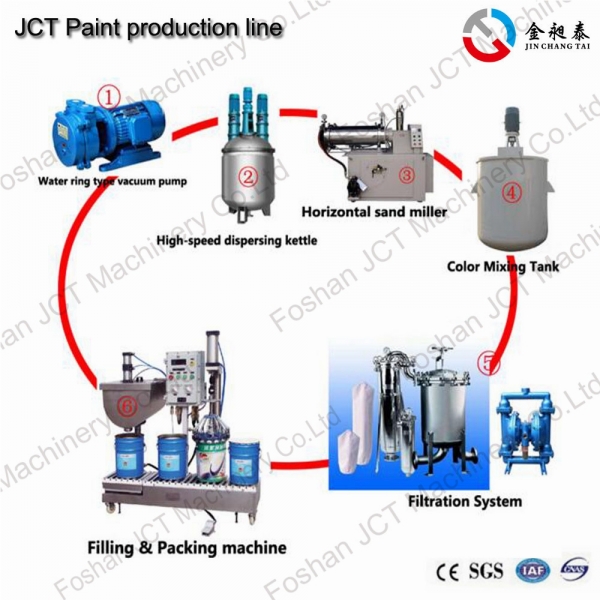
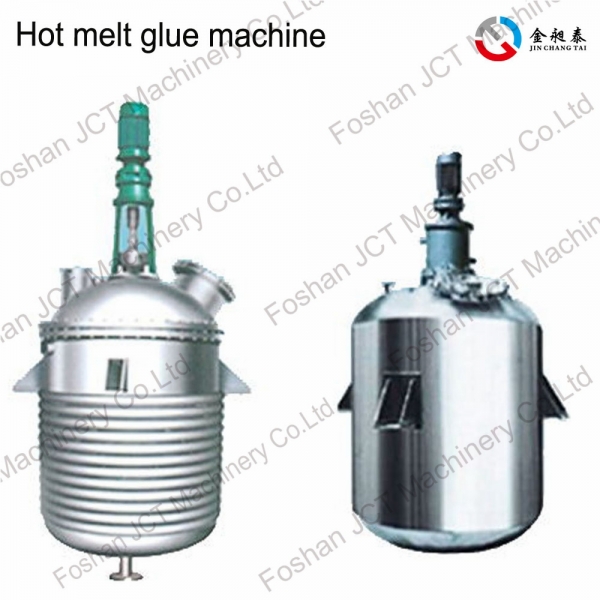
 CN
CN
 HOME
HOME Alkyd Resin And Acrylic Resin | JCT Machinery
Alkyd Resin And Acrylic Resin | JCT Machinery  You May Also Like
You May Also Like
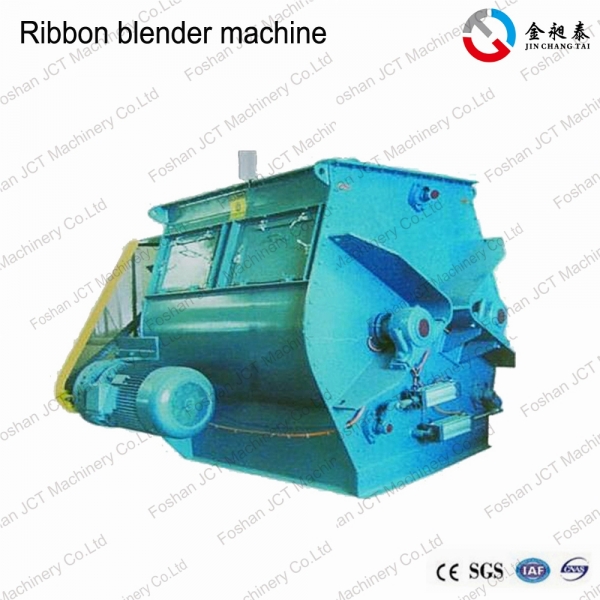

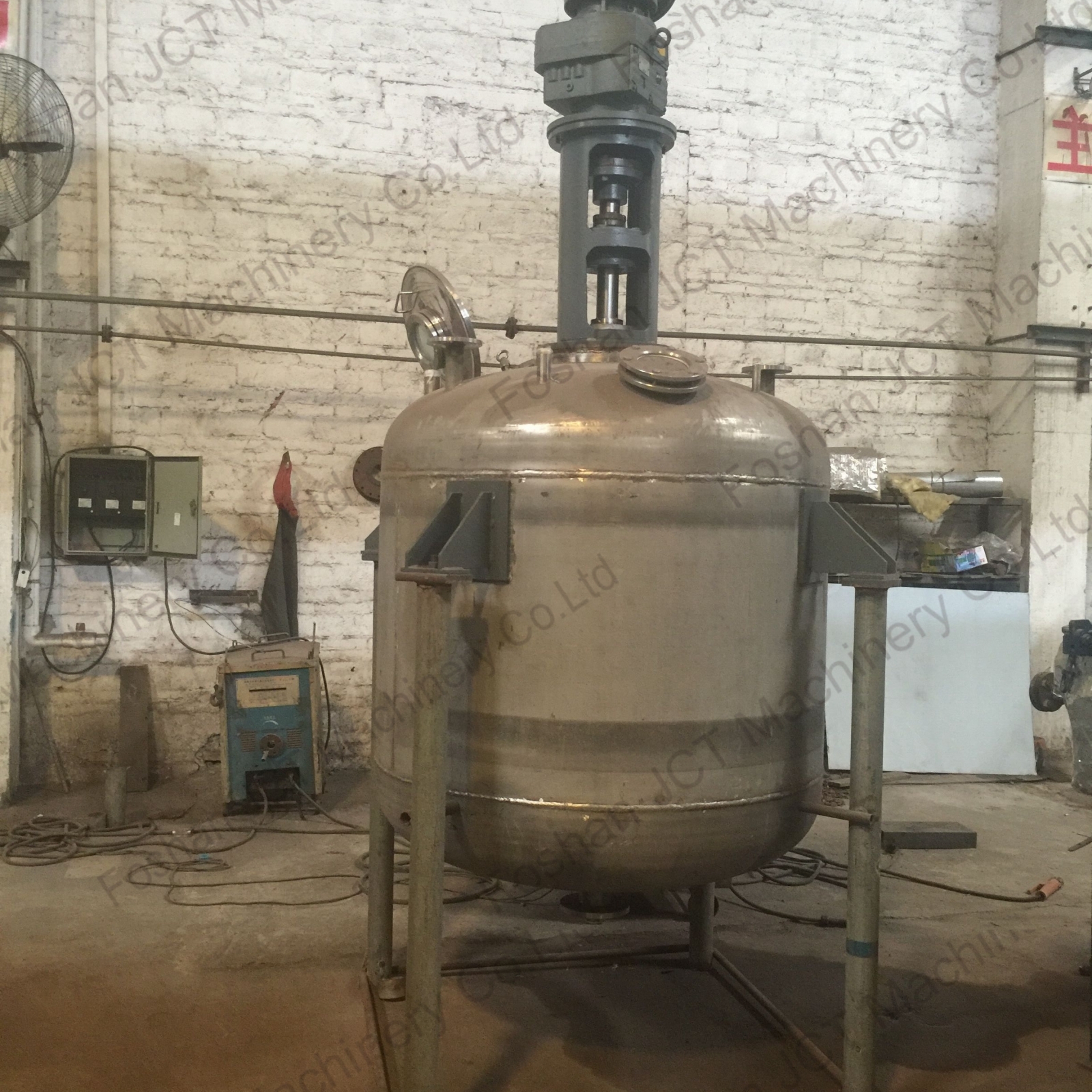
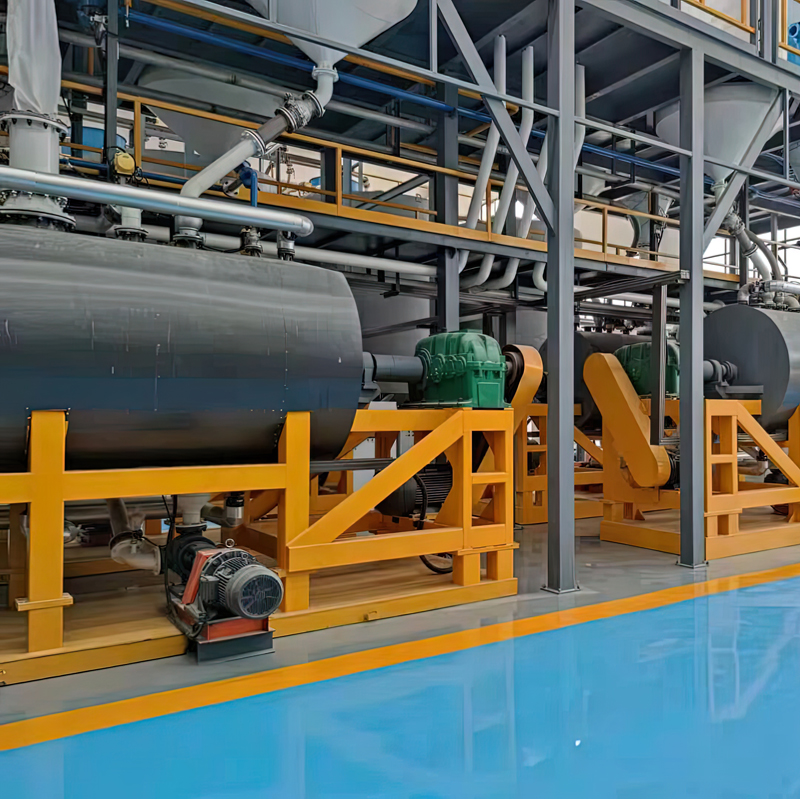

 Tel
Tel
 Email
Email
 Address
Address










